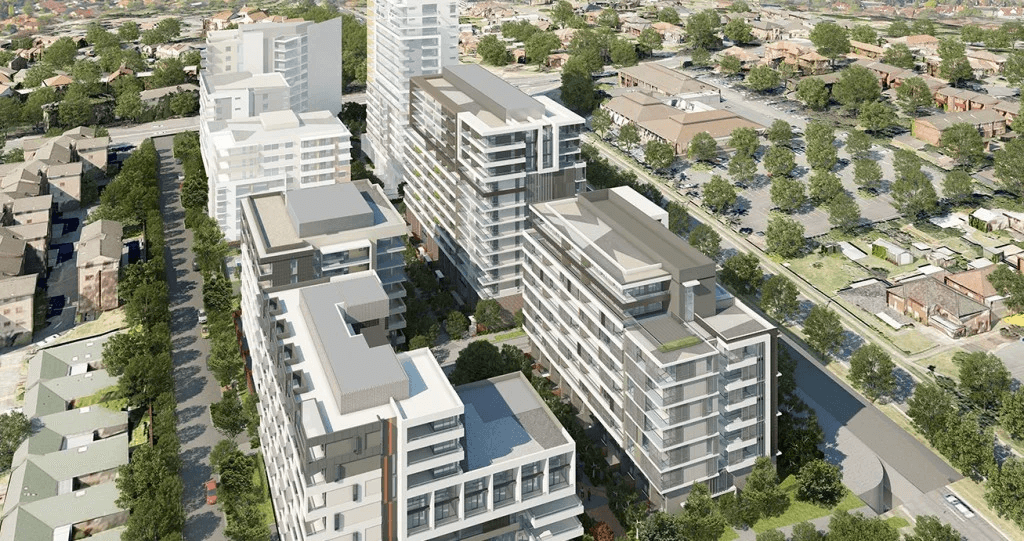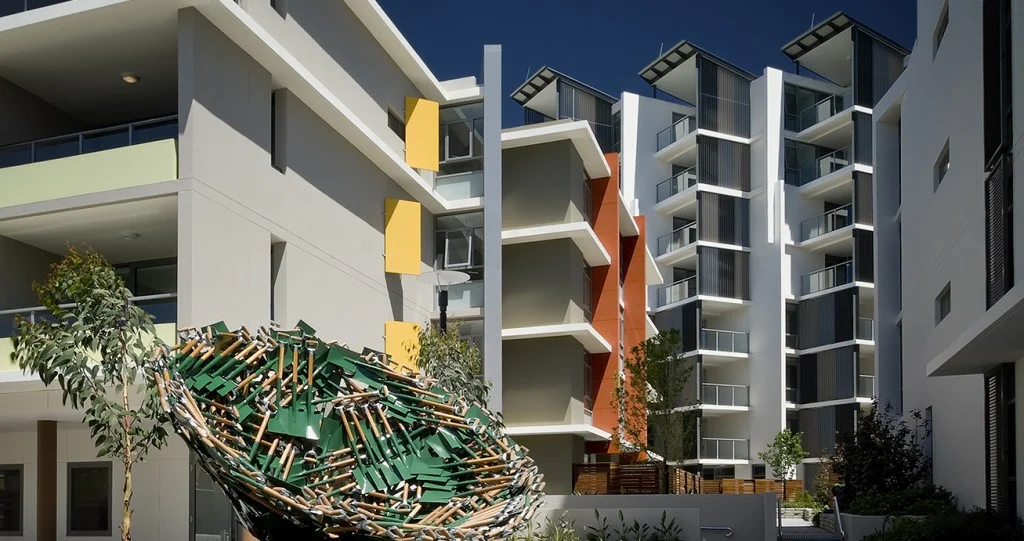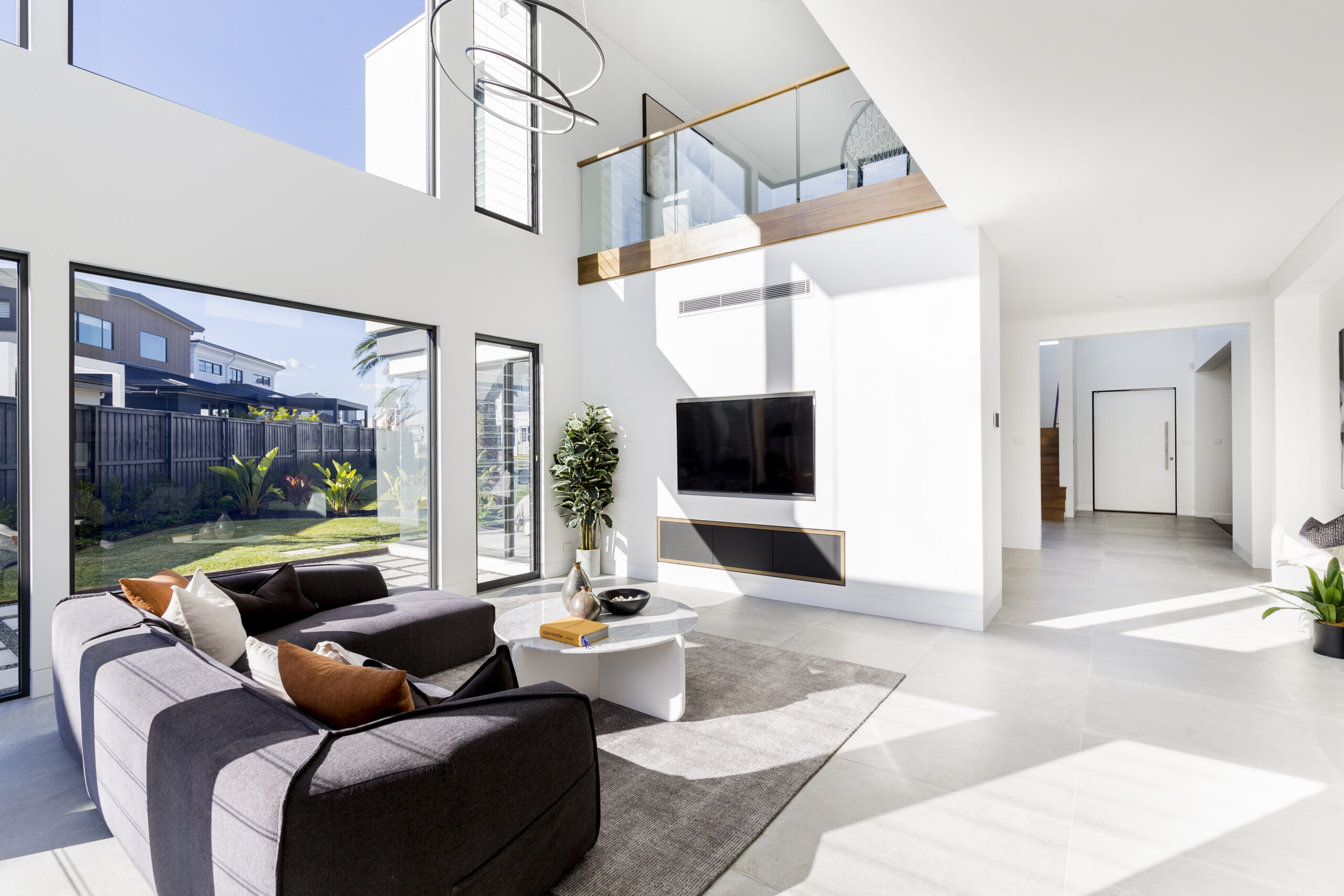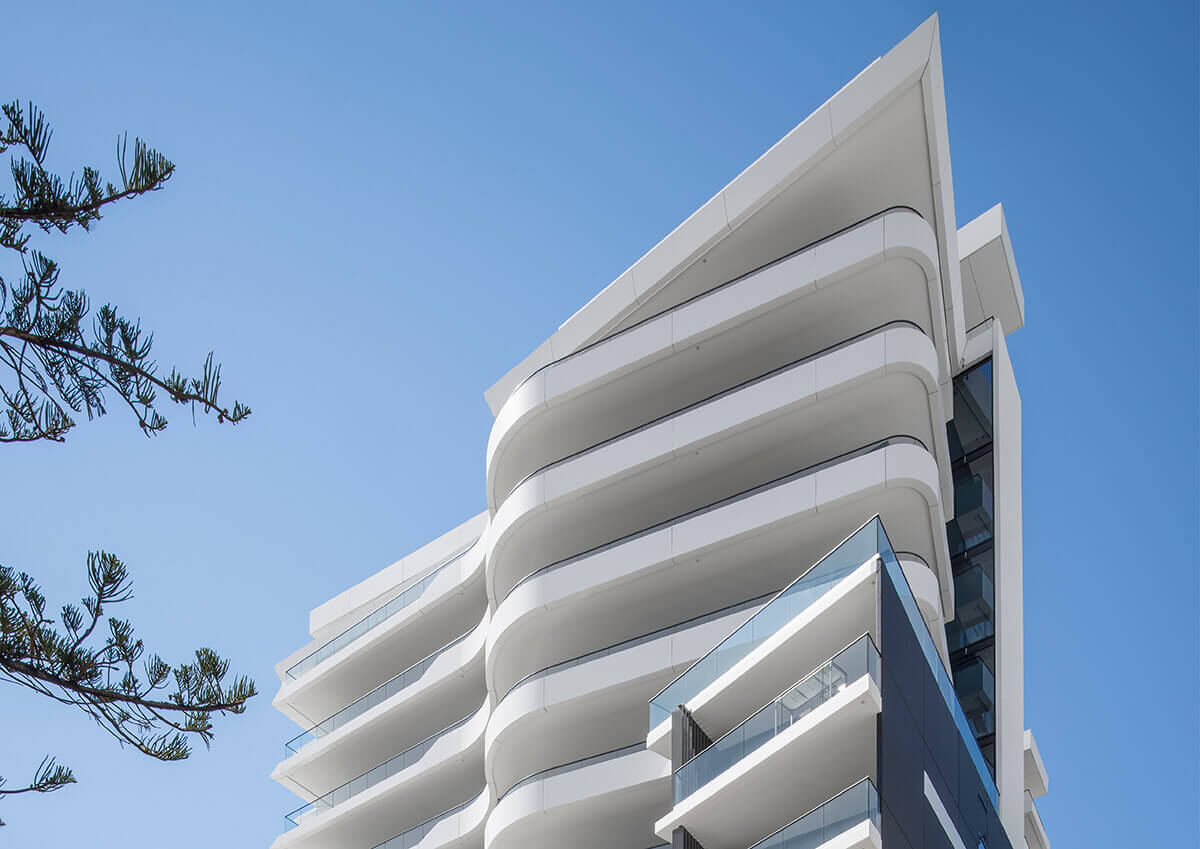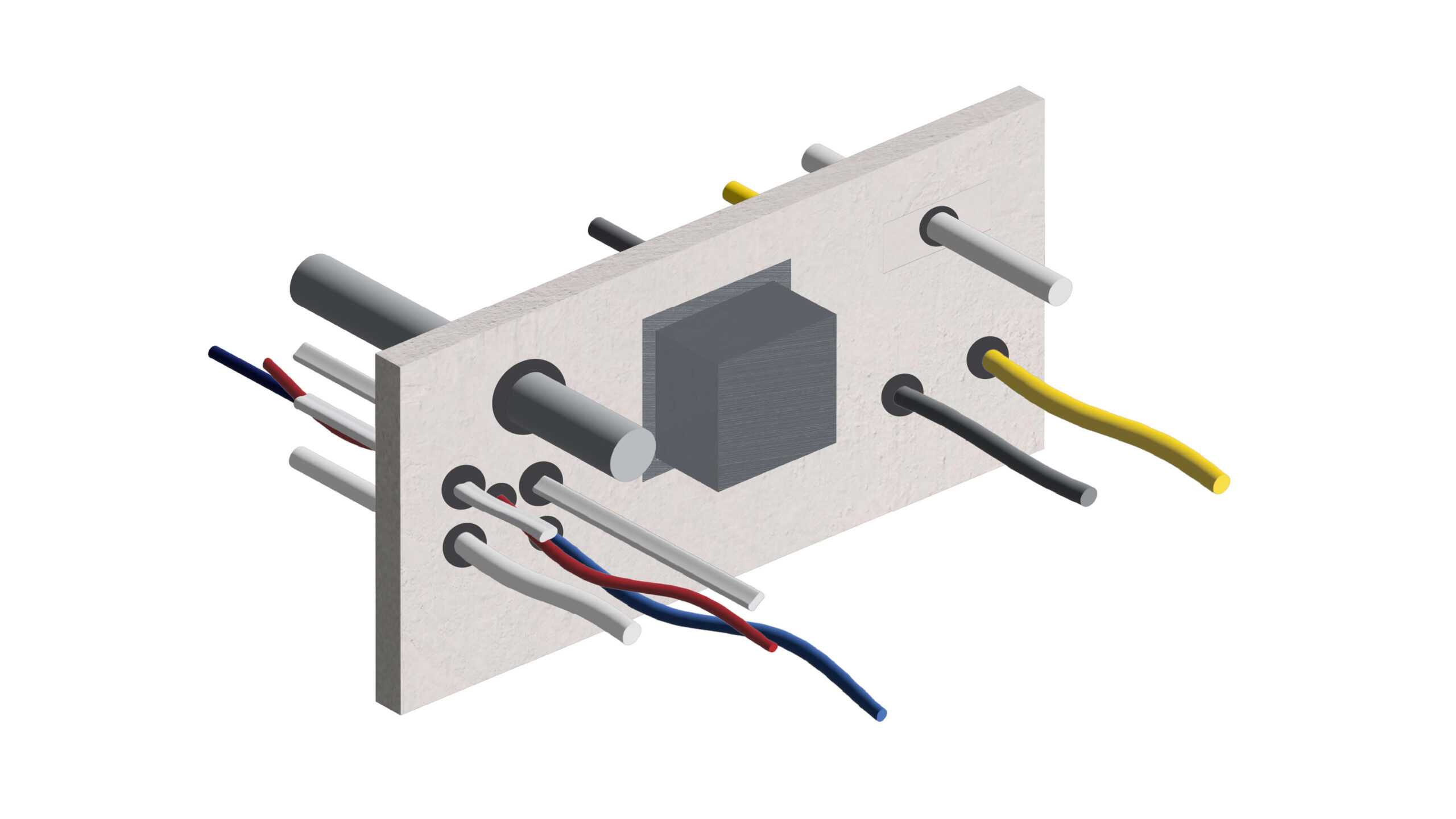
Mark Louw discusses why Hebel is Allen Jack+Cottier’s default option for intertenancy walls
After working with Hebel for almost three decades, Mark Louw is a strong advocate of its use for internal wall systems in high rise residential apartments.
“We specify Hebel for intertenancy walls and use it as a default option for that purpose whenever we possibly can,” said Mark, a director of Allen Jack+Cottier Architects which has been established since 1952.
“We consider the system across a number of residential sectors, from student housing to general multiple residential apartments and retirement and seniors’ living accommodation.”
Mark’s first experience of working with Hebel was in 1987 when Allen Jack+Cottier was involved in the development of a new winery for Domaine Chandon in Victoria’s Yarra Valley.
“In the riddling hall we wanted people to feel that they were actually going underground into an area similar to the caves in France, so we used Hebel planks in a vaulted ceiling,” he said. “It was the first time our company had used autoclaved aerated concrete. Twenty seven years later the result still looks fantastic and people still feel they are underground, having the impression of a concrete ceiling. The Hebel product did everything we wanted, providing ease and speed of installation as well as the required insulation in an air-conditioned environment.”
From this favourable introduction, Allen Jack+Cottier quickly became aware of the benefits of Hebel and its versatility in relation to its various uses, including its advantages in residential apartments.
“We are now using Hebel party walls for ninety percent of our projects,” said Mark.
One of the latest of those projects, and the largest project Allen Jack+Cottier currently have under construction, is Macquarie Park Village, a 645-apartment development in Macquarie Park. The building contractors, Parkview, will install Hebel internal wall systems in the complex’s seven buildings which range in height from eight to 25 storeys.
Located just 12 kilometres north-west of the Sydney CBD, Macquarie Park Village will feature stylish apartments of one, two and three bedrooms, close to the shops and entertainment of the Macquarie Centre and also to the main campus of Macquarie University. When the complex is completed, its residents will have access to communal facilities including a gym and a resort-style pool, with landscaped gardens surrounding the complex.
Macquarie Park Village in NSW.
Robustness and solidity
Mark indicated that the ease of installation, well-known high acoustic and thermal properties of Hebel internal wall systems were among the main reasons for their selection for the Macquarie Park Village apartments.
“But what is possibly even more important from an intertenancy point of view is the robustness and solidity of the walls,” he said. “I think the perception is always that it’s good to have a solid wall as opposed to a lightweight one.
This is regarded as such an important aspect of residential buildings that Allen Jack+Cottier make a point of showing it to would-be purchasers in display suites.
“Some people are very conscious of the need for solidity in their apartments, and quite rightly so,” said Mark. “In the display suites we often show a section through the tenancy wall to indicate to prospective buyers that they will be in effect be getting a solid wall as an intertenancy wall. They’re happy with that because it removes potential security concerns.”
In addition to the Macquarie Park Village, other Sydney projects currently under construction by Allen Jack+Cottier in which Hebel panels are being used for intertenancy walls include a building in Dixon Street, Haymarket, with 15 levels comprising 43 apartments over two storeys of retail outlets and the V by Crown building at Parramatta, a 30-storey tower that will include 590 residential apartments.
Hebel selected for benchmark project
Among the company’s recently completed projects where apartment residents are already living with the benefits of Hebel wall panels are Pavilions on the Park at St Leonards and The Village, Balgowlah. Pavilions on the Park, which adjoins Newland Park, comprises four buildings of five to seven storeys, with a total of 185 residential apartments. The Village Balgowlah, designed in conjunction with Stockland Balgowlah as part of a retail and residential development, consists of four buildings and a total of 223 apartments. The design separation of the residential and retail/commercial aspects of this development, despite their physical proximity, has been recognised as setting a new benchmark in Australia for mixed use development.
The Village Balgowlah in NSW.
Mark agrees that in addition to its solidity and resultant promise of security, Hebel has other additional advantages that benefit the people building the project in which it is used, as well as those who will occupy the building on completion.
“It goes without saying that we’re getting the required fire resistance and acoustic properties when we use Hebel for internal walls,” he said. “And due to it being a lightweight product, its ease of installation is without doubt among its many advantages. The people working with it are able to cut it on site, almost in the way carpenters work with timber, and I believe this expedites the installation process, reducing on site construction programs.”
Subscribe to Hebel Matters.
To stay up to date with the latest Hebel news, articles and feature projects, enter your email to sign up to our monthly e-newsletter.
Subscribe